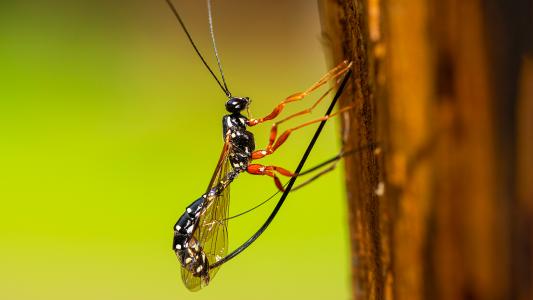The cute baby mice in a Kyushu University lab may appear relatively normal. But they are, however, a scientific marvel.
Like Frankenstein’s monster, the mice were bioengineered. For the first time, researchers have created mice from eggs and ovaries grown from stem cells.
The challenge: It is tough to create an egg outside of the body of any mammal. One critical step is usually missing — meiosis, when cells divide and become an egg capable of being fertilized. For that to happen, the ovary sends a signal which starts the process. So, to get a viable egg, you need a cell and an ovary.
Women who have lost their reproductive function due to cancer therapy or cell failure could theoretically have additional eggs created in a lab for them.
The study, which was published in Science, is the first to find a way to overcome that roadblock — and get one step closer toward a bold idea for reproductive medicine: in vitro gametogenesis, or creating gametes (sperm and egg cells) in a test tube.
A promising future: This new work has a lot of promise for future innovations in fertility treatment and research. Women who have lost their reproductive function due to cancer therapy or cell failure could theoretically have additional eggs created in a lab for them.
The success: Katsuhiko Hayashi and Takashi Yoshino of Kyushu University in Fukuoka, Japan, led a team that successfully developed mouse egg cells in vitro. This builds on their previous work where they established a method for producing mouse egg cells from two types of stem cells, then culturing them in ovarian tissue from a mouse. The difference now is that they also bioengineered the ovary.
“This technical breakthrough…holds enormous potential for germ cell research,” commented Drs. Lin Yang and Huck-Hui Ng at the Genome Institute of Singapore, who were not involved in the study, reports SingualrityHub.
“The concern about this kind of research is that once you prove it’s possible, the next question everybody asks is not ‘should we use it?”
Megan Allyse
The team used stem cells to create eggs, then placed them into a man-made structure that mimicked the ovarian follicle, which they named rOvaroids. That is where they observed meiosis. The team matched the mature eggs with sperm through IVG and created embryos. 5.2% of the embryos resulted in live births — all of which grew into healthy adult mice.
Even though 5.2% may seem small — it is a significant accomplishment for science.
“The proof-of-concept study…has made clear strides towards enabling IVG at scale,” wrote Yang and Ng.
An ethical conundrum: This may be a long way from becoming a reproductive technology for humans, but already there are ethical concerns. Some worry that the ease with which eggs and sperm may be mass-produced could lead to a slew of new legal and societal issues. Bioethicists are beginning to question whether or not there should be limits on a person’s ability to create embryos from their cells? Or how IVG fits within the current laws surrounding parenthood, reports STAT.
”I suspect that if it does start to show feasibility in humans, there’s going to be a lot of pressure from various groups — same-sex couples, those with infertility issues — to have access to this technology before society grapples with its implications,” Megan Allyse, a Mayo Clinic bioethicist who specializes in emerging reproductive technologies, told STAT. “The concern about this kind of research is that once you prove it’s possible, the next question everybody asks is not ‘should we use it?’ Or ‘do we have a need for it?’ It’s ‘how are we going to use it?'”
We’d love to hear from you! If you have a comment about this article or if you have a tip for a future Freethink story, please email us at tips@freethink.com.
